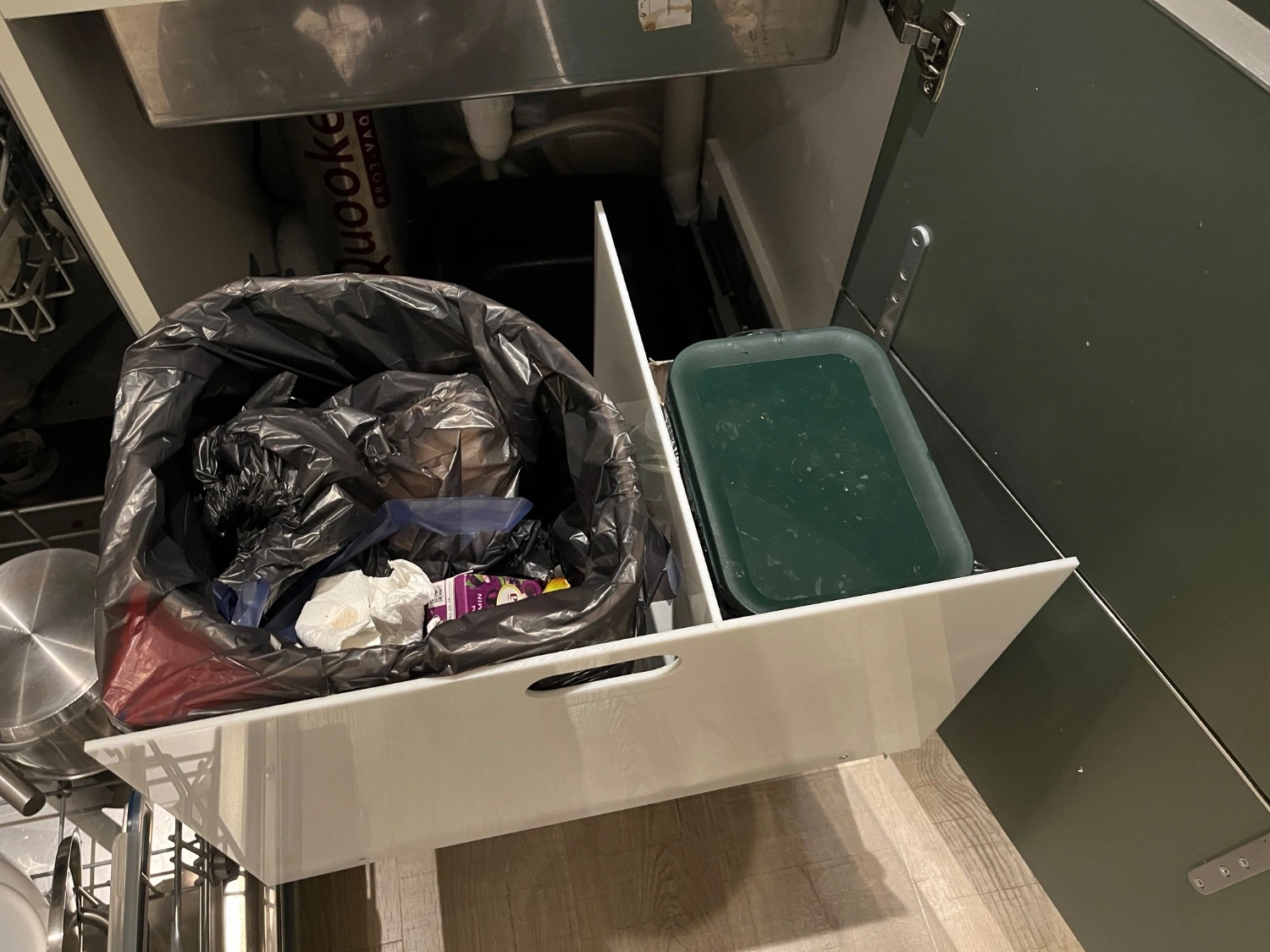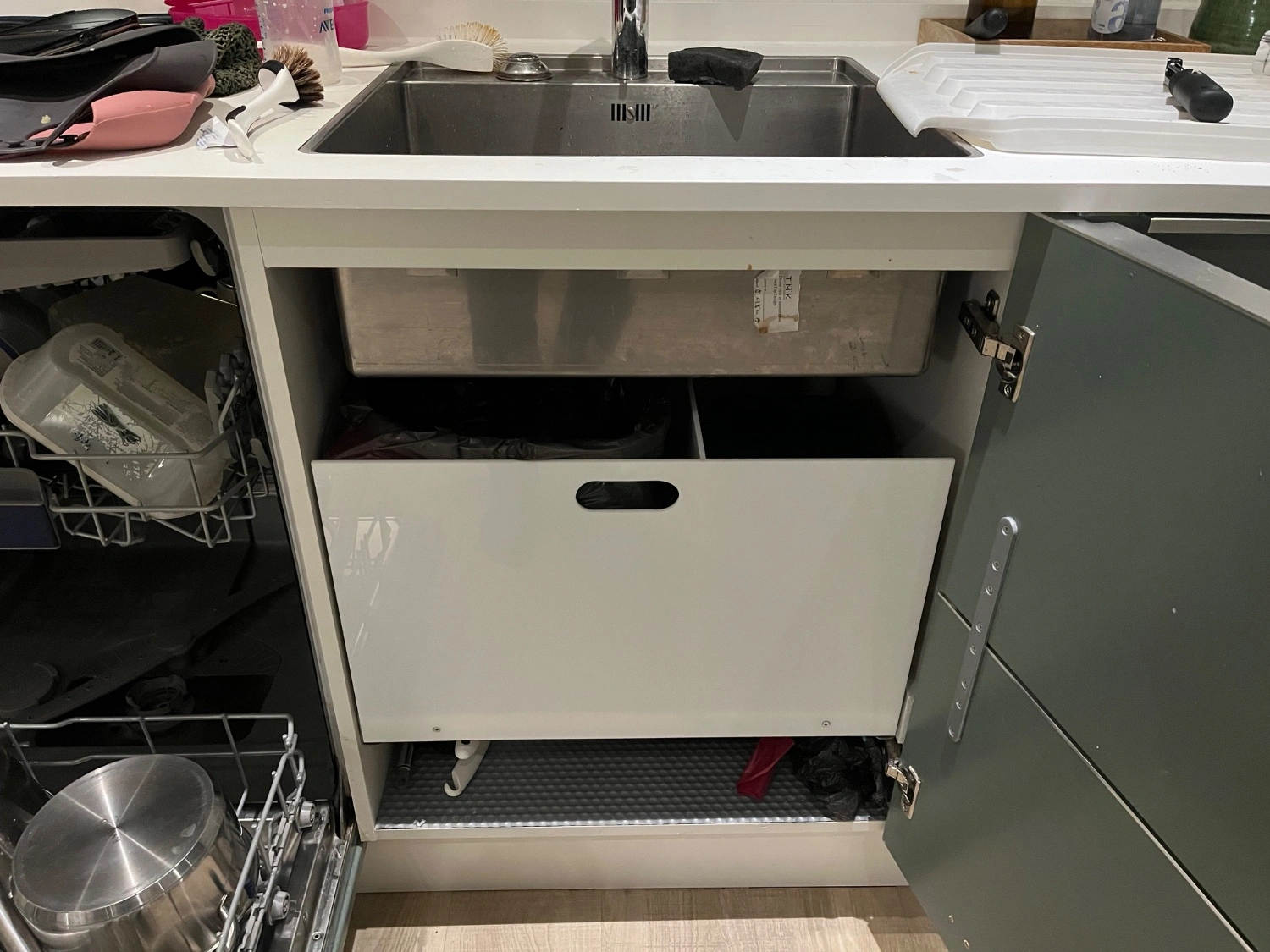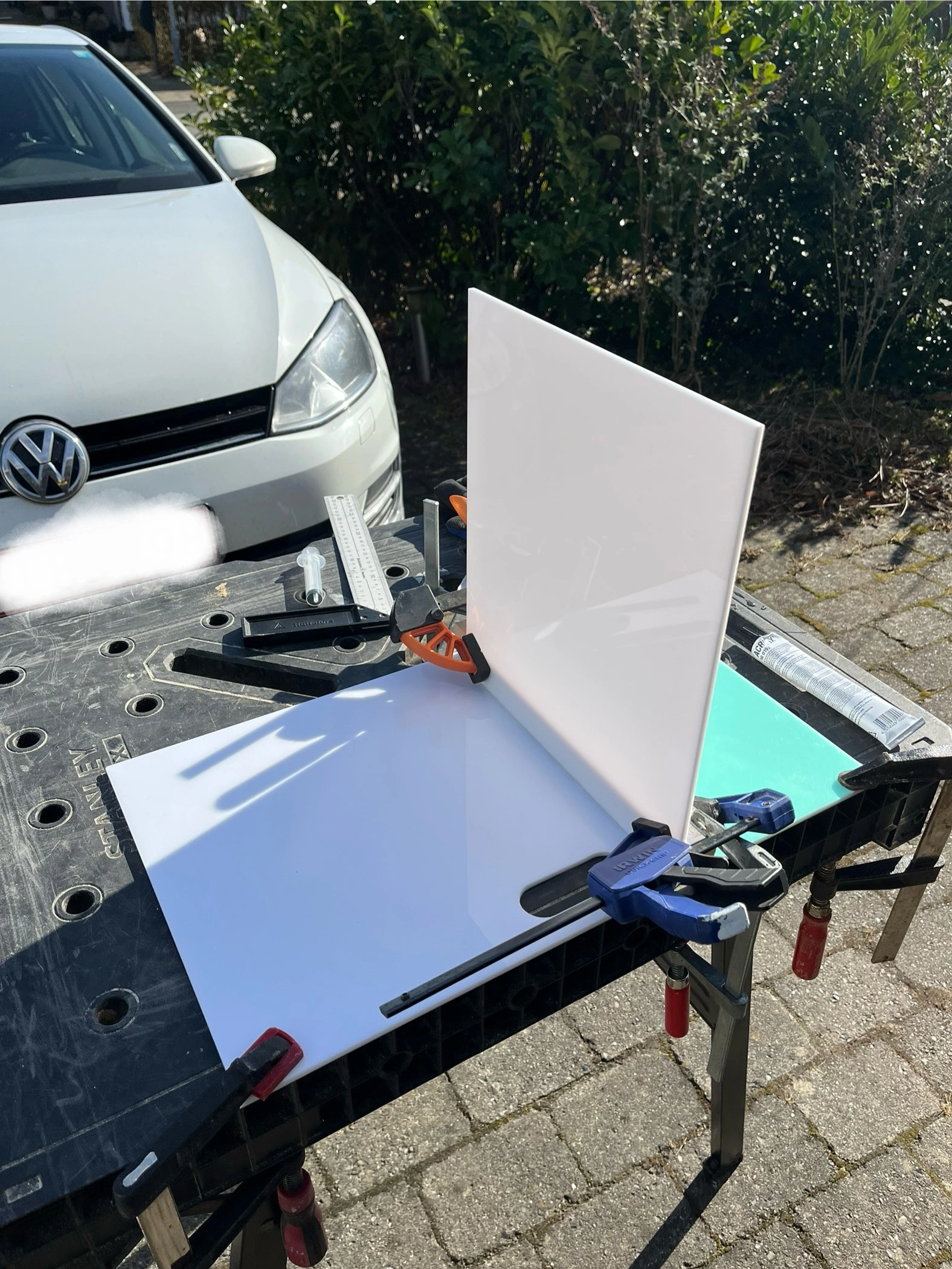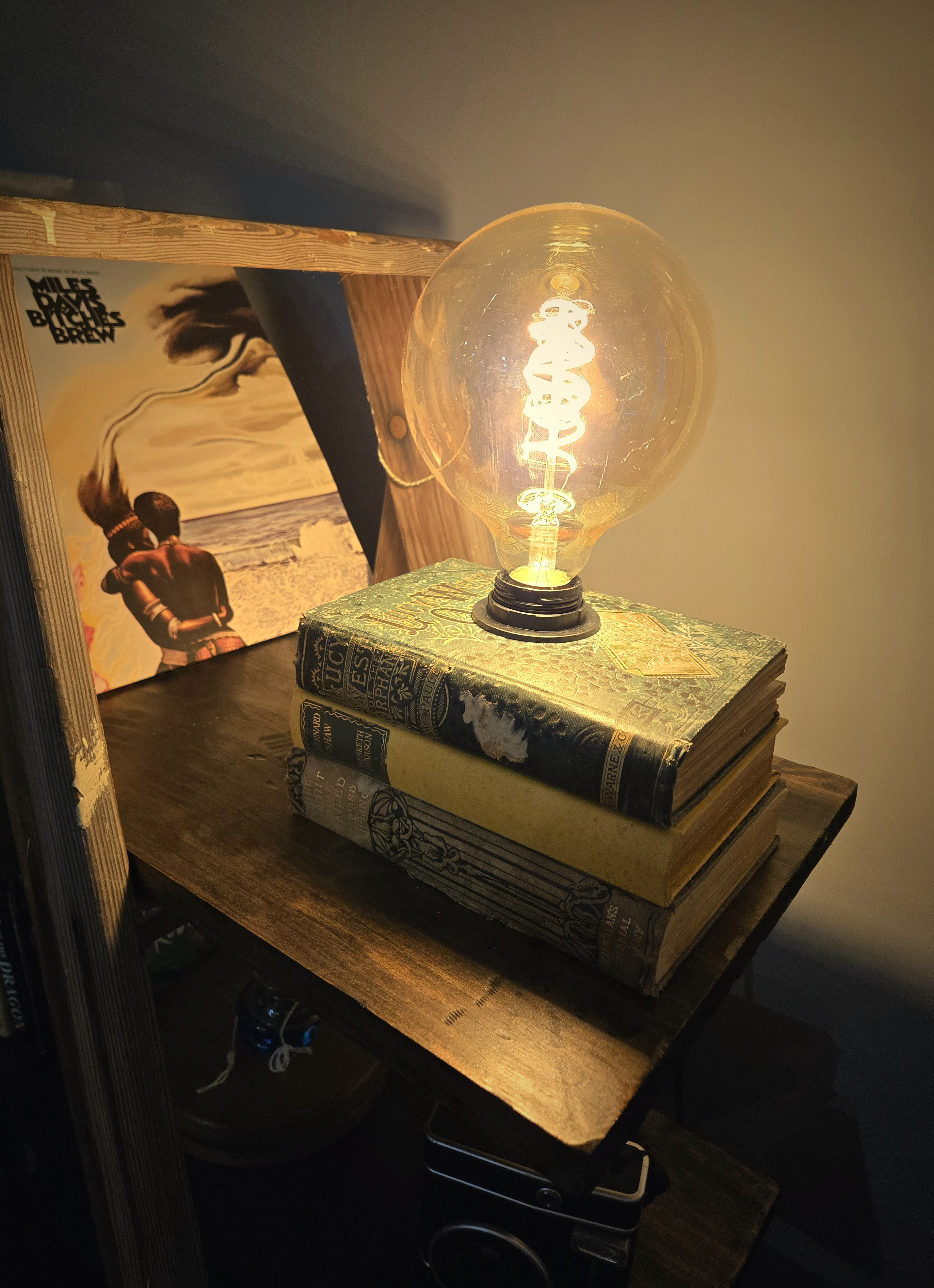This year I did my first bike packing trip. For starting out I had rented some equipment, but with the goal of doing more trips in the future, getting some bags of my own was clearly on the list. With the idea of using panniers for my main storage, I wanted to add some fork bags to balance out the weight a little. Also they are the least obstructive (other than frame bag maybe) from my POV. Somewhat enjoying DIY, the idea of designing the cages myself grew on me.
What this is
Some insights and thoughts on the process of designing and making some aluminium cargo cages for a bike.
What this isn't
A guide on how to design and make aluminium cargo cages for a bike. I have no professional training on anything I did here. This is my first time doing something like this.
Designing

After making some sketches on paper, I quickly jumped into 3D modelling on the PC.
The software
The software I choose was OpenSCAD. Reasoning was that I like open source software and I don't know any CAD software anyway. With it being a non-interactive tool, I hoped to somewhat make use of my coding knowledge/background. You write a script and the tool compiles it into a 3D model.
This however, did not work out very well. Going into it without much of a plan, I ended up with a very confusing file with loads of duplicate code and lots of guessing when trying to figure out dimensions. This was not the fault of the tool, but only my own. Not saying I'll never go back to it, but for the next job I will try some more interactive tooling. Some more structure and thought out process would benefit any tool however, so that's a learning I'll take with me.
The looks
Hard requirements were the screw positions for mounting to the fork and space for some straps where the bag is attached. In the middle of designing I noticed, that I might want some material running from the screw attachment points across the whole width of the piece (this might not have been required since the 3mm aluminium I used was plenty strong).
The whole design evolved around these requirements and some hexagons I wanted to add. Everything was kept symmetric and I tried to pick up the angles from the hexagons in the other angled pieces.
For sizing, I tested my dimensions on some cardboard cutouts and went with what felt right.

The issues
- The lower part was meant to be bent around and then welded at the seams. However I failed to provide additional material for the bending, therefor it was cut of and completely welded in the final product.
- The lower part is too wide. Instead of taking a second to think about it, I just kept the lower piece wide with the idea of grinding of the excess. I should have made the diagonal piece of the notch the same length as the vertical line it will get welded to.
- The straps of my chosen bags do not line up perfectly with the cutouts on the cage. There is enough space to make it work and not look super off, but it would be smarter to get the 'target bag' first.
Also I think it turned out a little like any cage you can buy in a shop. Wish I had made it a little more unique, maybe carry the hexagon idea along the edges...
Fabricating
Having access to at least some of the tools required for fabrication made the project seem somewhat reasonable in the first place. I would not know how to go about this, if you don't have a welder (other than designing a part that does not require welding).
Laser cutting
The whole idea heavily evolved around the idea of using a laser to cut my model from some aluminium sheet. However the laser I planned to use was not available anymore by the time the design was finished. No big deal I thought, there are ordering services for just about anything online. Which there are. But many of them ask a heavy fee for low part counts. To a level that would shut down the whole idea. It took quite some searching until I found someone willing to do the job for a feasible price. Had I not found a laser, filling and cutting with a saw would have been my last resort. Luckily it didn't come to that.
Other than the design issues mentioned above, it turned out just like I wanted!
Welding
You should find someone else to tell you about TIG welding. On the photo you can see the lower base that turned out too wide and never got ground off. Also the lower base that was cut off instead of bend due to missing clearance.

Painting
3 base coats, 3 top coats of matt black. Some deburing beforehand would have helped the final look as well. I always underestimate how much all these details show up after painting.

Bags
For bags, I decided on Cube ACID PACK PRO 3 (which are 3 liter bags). Even though I bought these, this was not the super easy part. Going into this project my thought was that it will be super easy to find fitting bags. But I had to do quite some digging to find something I liked. 3 liters per site are plenty for my setup, since I just want to spread some weight forward. I have seen these cages used with 5 liter bags, which worked fine as well. The straps do not line up perfectly with the cage, but there is enough wiggle room to make it work.

Final thoughts
It was a fun project and I will hopefully get to enjoy these cages for a long time. Without having done most of the things required to tackle this project, it took me quite some time to do. But I learned a lot and will surely go into my next CAD/metal/fabrication project with more of a plan!
I hope someone can get something out of my post. This checklist should help if you consider doing a similar project (maybe even any DIY project at all)
Don't do this if you
- want to save money
- need some cages quickly
Do this if you
- enjoy making stuff!










